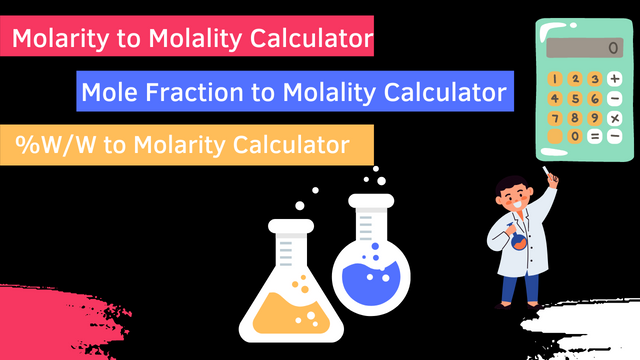Time dilation is a real thing. It's not just something that happens in movies or that only affects astronauts. It's a real, physical phenomenon that occurs when objects move relative to each other at different speeds. In this blog post, we'll explore what time dilation is and how it works. We'll also look at some examples of time dilation in everyday life and in the world around us. For example, a bus traveling at 80 km/h relative to a rest observer but if a driver moving with a same speed but in opposite direction it would have seen as moving at 170km/h.
What is time dialation in Simple Words
Time dilation is the phenomenon whereby time appears to pass more slowly for an observer who is moving relative to another observer. This effect is apparent in the operation of GPS satellites, which must account for time dilation in order to provide accurate positioning information.
In Einstein's theory of special relativity, time dilation is a consequence of the fact that the laws of physics are the same for all observers, regardless of their relative motion. In particular, the speed of light is always the same, regardless of the motion of the source or observer.
As a result, time appears to pass more slowly for an observer who is moving relative to another observer. This effect is known as time dilation. Time dilation has been measured experimentally in a variety of ways, most notably in the operation of GPS satellites.
Time Dialation and Speed of Light
The speed of light is the fastest speed in the universe. It is 299,792,458 meters per second. The time dilation effect is a phenomenon that occurs when an object moves at speeds close to the speed of light. The time dilation effect can be explained by Einstein's theory of relativity. This theory states that as an object approaches the speed of light, its mass increases and its length contracts. This means that time slows down for objects moving at speeds close to the speed of light relative to those who are stationary or moving slower than it. .Light is the fastest speed in the universe. The time dilation effect occurs when objects are moving close to the speed of light. This means that time slows down for objects moving at speeds close to the speed of light relative to those who are stationary or moving slower than it.
Time Dialation and Gravity
Twin Paradox- Is time dilation a real effect?
In the Twin Paradox, one twin leaves Earth while the other stays behind. The twin who leaves will experience time passing more slowly than the twin who stayed on Earth. When the traveling twin returns to Earth, they will find that the twin who stayed has aged more than they have.
This paradox is a result of time dilation, which is a difference in the perceived passage of time between two observers. Time dilation is caused by relative motion; the faster an object is moving, the more time will appear to slow down for an observer.
While the Twin Paradox may seem like a puzzle with no easy answer, it can be explained by Einstein's theory of relativity. According to relativity, there is no single "true" or "absolute" time; instead, each observer has their own personal perception of time. This means that what one observer experiences as "slow" might be experienced as "fast" by another observer.
It's important to note that time dilation is not just a theory; it's been proven by experiments such as the Hafele-Keating experiment. In this experiment, atomic clocks were flown around the world and compared to clocks that remained on the ground. The results showed that time does indeed pass more slowly for objects in motion, just as predicted by relativity.
Clock paradox
When two observers are moving relative to each other, they will each measure the other's clock as ticking at a different rate. This effect is called time dilation.
If Observer A is moving away from Observer B, then Observer A will measure Observer B's clock as ticking more slowly than his own. Similarly, if Observer A is moving towards Observer B, then he will measure B's clock as ticking more quickly than his own.
This difference in the apparent ticking of clocks leads to the so-called "clock paradox". Consider the following scenario:
Observer A and Observer B are both at rest with respect to each other. They each have an identical clock, which they start at the same time.
Observer A then sets off on a journey travelling at a very high speed. He travels for some time before turning around and coming back to where he started. During his journey, his clock ticks normally.
Meanwhile, Observer B has remained at rest. During the time that Observer A was travelling, Observer B's clock also ticked normally.
When Observer A returns to where he started, he compares his clock with that of Observer B. He finds that while his clock has only registered a few seconds passing, Observer B's clock shows a much longer time interval has elapsed. In other words, according to his own clock, it appears that less time has passed for him than for Observer B even though they both experienced the same amount of time.







0 Comments
I love to read your comments. Please comments